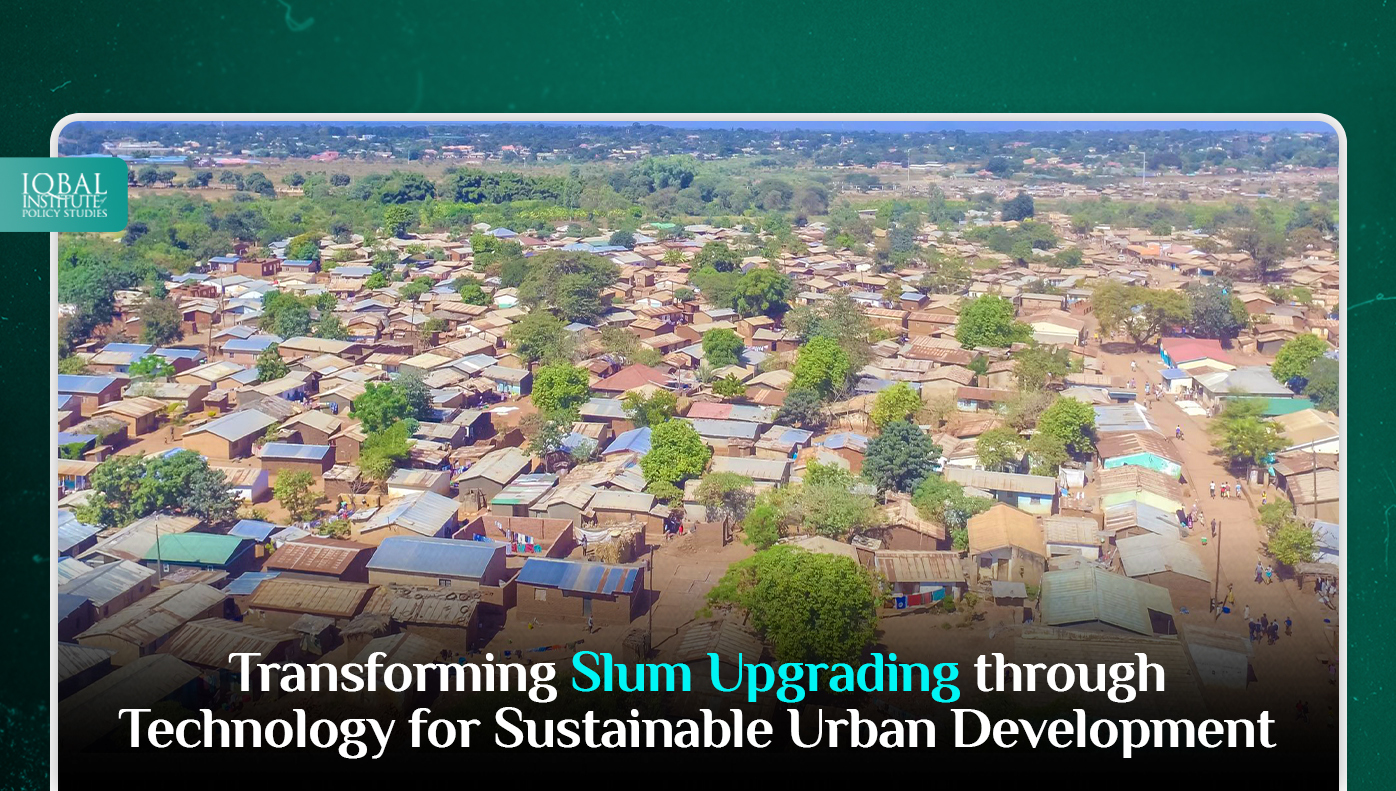In the dynamic landscape of urban development, technology is emerging as a potent force that holds the promise of transforming one of the most pressing challenges faced by cities worldwide: slum upgrading. Within the intricate tapestry of issues posed by slum areas, technological innovations are now stepping forward to provide novel solutions. This blog delves deep into the potential of technological solutions, such as digital mapping, data analytics, and mobile applications, in the context of slum upgrading. By examining how these innovations gather critical information and inform redevelopment strategies, we unravel the power of technology to reshape urban environments and improve the lives of millions.
The Dynamic Role of Digital Mapping
At the core of the technological revolution lies digital mapping, a tool that has revolutionized how we visualize and comprehend our world. In the context of slum upgrading, digital maps hold the potential to unlock invaluable insights that fuel redevelopment efforts.
Accurate Documentation and Analysis
Digital mapping offers the ability to document slum areas with unprecedented precision. From housing conditions and infrastructure gaps to spatial configurations, this technology compiles data that paints a comprehensive picture of slum realities. By analyzing this data, governments, NGOs, and developers gain actionable insights to guide their interventions.
Strategic Planning and Resource Allocation
Armed with detailed digital maps, urban planners can make informed decisions on resource allocation. Whether it’s identifying areas in need of improved sanitation facilities or determining the optimal locations for schools and healthcare centers, digital mapping serves as a strategic compass.
Mitigating Risks and Enhancing Resilience
Slum areas are often susceptible to natural disasters. Digital maps empower authorities to identify vulnerable zones and develop strategies to mitigate risks. This proactive approach can save lives and minimize the impact of disasters on vulnerable communities.
The Power of Data Analytics
The rise of data analytics is revolutionizing how we extract insights from vast datasets. When applied to slum upgrading, data analytics empowers evidence-based decision-making, allowing stakeholders to address the most critical challenges effectively.
Prioritizing Interventions
Data analytics enables a nuanced understanding of slum dynamics, identifying priorities for development interventions. By analyzing data related to health, education, employment, and other key areas, decision-makers can focus on projects that yield the most significant impact.
Monitoring and Evaluation
Through continuous data analysis, stakeholders can monitor the progress of upgrading initiatives. Real-time feedback allows for course correction, ensuring that projects stay aligned with their goals and adapt to changing circumstances.
Promoting Economic Empowerment
Informed by data, interventions can be targeted at nurturing local economies within slum areas. By identifying economic opportunities and crafting initiatives tailored to the community’s strengths, data analytics helps lift residents out of poverty.
Mobile Applications for Community Engagement:
Mobile applications have redefined how communities engage with information and services. In the context of slum upgrading, these apps serve as bridges between residents and development agencies.
Real-Time Feedback Mechanism
Mobile apps establish a direct feedback loop between residents and authorities. This facilitates real-time reporting of issues and concerns, enabling development agencies to respond promptly and effectively.
Access to Essential Information
Mobile apps serve as platforms for disseminating crucial information about healthcare, education, sanitation, and other essential services. By providing residents with access to this knowledge, their quality of life is significantly improved.
Inclusive Participatory Planning
Mobile apps empower residents to actively participate in decision-making processes. By soliciting their input on projects and involving them in the planning stages, development strategies become more inclusive and reflective of the community’s needs.
Conclusion
In the ongoing journey of slum upgrading, technology emerges as a beacon of hope, offering innovative solutions through the convergence of digital mapping, data analytics, and mobile applications. As these tools continue to evolve, they bridge the information gap that has impeded progress in slum areas for decades. Through accurate data, informed decisions, and empowered communities, a future emerges where slums are transformed into thriving, resilient neighborhoods. The fusion of technology and human endeavor illuminates the path towards sustainable urban development, heralding progress and opportunity for slum dwellers across the globe. The narrative of slum upgrading is being rewritten, and technology stands at the forefront, driving positive change for a brighter urban future. The synergy between technological advancements and human compassion holds the key to realizing the untapped potential within the heart of slum communities.
This article is written by Maha Nazami. Maha is a research analyst at the Iqbal Institute of Policy Studies (IIPS).



Leave a Reply